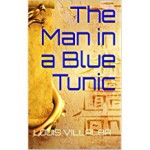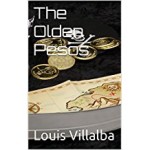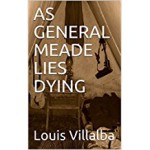After the assault was successful, and the last four guards had surrendered, and he had shot them against the wall, and we had drunk coffee at the café that always opened earliest in the morning by the corner from which the early bus left, he proceeded to the organization of the plaza. Carts were piled exactly as for a capea except that the side toward the river was not enclosed. That was left open. Then Pablo ordered the priest to confess the fascists and give them the necessary sacraments …. From the doorway of the Ayuntamiento, looking across the plaza, one coming out would see two solid lines of people waiting. They were armed with flails …. Some had sickles and reaping hooks but these Pablo placed at the far end where the line reached the edge of the cliff …. I looked back over the square and at all the windows and all the balconies there were people crowded and there was the double line of men across the square to the doorway of the Ayuntamiento and the crowd swarmed outside against the windows of that building there was the noise of many people talking and someone said ‘Here comes the first one.’
From “For Whom the Bells Toll,” by Ernest Hemingway
In this novel, Hemingway describes some of the atrocities perpetrated against the civilian population by both sides in the Spanish Civil War. In this episode, the carnage was carried out by leftist militia. When I grew up under Franco, no one talked about the savageries that had occurred during the war. Some avoided it because of fear and others because reminiscing about these events brought on terrible memories. In my book “The Silver Teacup,” one of the stories, “The Archangel’s Torn Wings” describes a romance between two youngsters, Carmela and Paco, who fall in love in the midst of the horrendous barbarity that was taking place on those shameful days of Spain’s history. Several scenes are based on incidents that my parents witnessed.



































